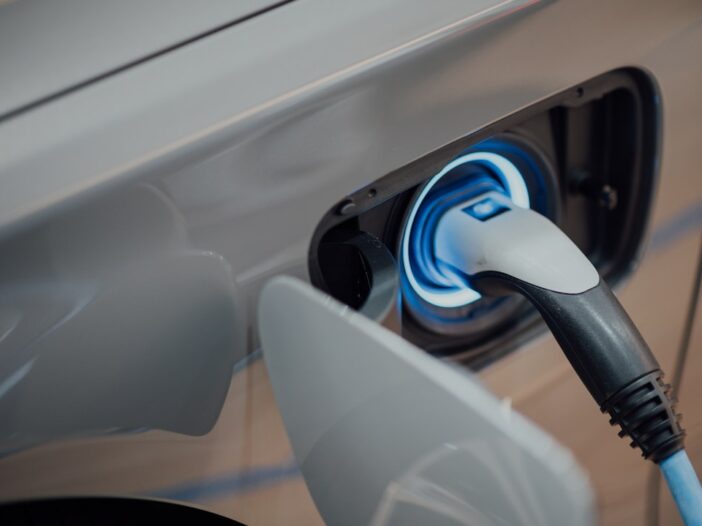
Electric vehicles (EVs) are becoming increasingly popular as more people look for ways to reduce their carbon footprint and save money on gas. However, the upfront cost of purchasing an EV can be a barrier for many consumers. That’s where electric vehicle tax credits come in.
Within this article, we will examine the advantages of tax credits for electric vehicles and how they can enhance the affordability of owning an EV.
What Are Electric Vehicle Tax Credits?
Electric vehicle tax credits are incentives offered by the government to encourage the purchase of electric vehicles. These credits are typically offered at the federal level, but some states also offer their own incentives.
The amount of the tax credit varies depending on the type of EV and its battery capacity. For example, the federal tax credit for a fully electric vehicle with a battery capacity of at least 16 kWh is $7,500. This credit is then applied to your federal income tax return for the year in which you purchased the vehicle.
How Do Electric Vehicle Tax Credits Work?

by CHUTTERSNAP
Electric vehicle tax credits work by reducing the amount of taxes you owe to the government. For example, if you owe $10,000 in federal income taxes and you receive a $7,500 tax credit for purchasing an EV, you will only owe $2,500 in taxes.
If you do not owe any federal income taxes, you may still be eligible for a tax credit. In this case, the credit can be applied to future tax returns until it is fully used.
It should be emphasized that electric vehicle tax credits are not refundable, indicating that they cannot be utilized to obtain a tax refund.
They can only be used to reduce the amount of taxes owed.
Are There Other Incentives for Electric Vehicles?
In addition to tax credits, there are other incentives available for electric vehicles. These include:
- Renewable Energy Credits (RECs): Some states offer RECs for EV owners, which can be sold to utility companies to offset the cost of charging your vehicle.
- EV Incentives: Some states offer additional incentives for purchasing an EV, such as rebates or discounts on registration fees.
- HOV Lane Access: In some states, EV owners are allowed to use the high-occupancy vehicle (HOV) lane, even if they are the only person in the vehicle.
What Are the Benefits of Electric Vehicle Tax Credits?
Financial Savings
The most obvious benefit of electric vehicle tax credits is the financial savings they provide.
Tax credits lower the initial expense of buying an electric vehicle, making it more economical for individuals to transition to electric cars.
In addition, EVs are generally cheaper to operate and maintain than traditional gas-powered vehicles. With lower fuel and maintenance costs, EV owners can save thousands of dollars over the lifetime of their vehicle.
Environmental Impact

Electric vehicles produce zero emissions, making them a much more environmentally friendly option compared to gas-powered vehicles. By incentivizing the purchase of EVs, tax credits can help reduce the overall carbon footprint of the transportation sector.
According to the Environmental Protection Agency (EPA), the transportation sector is responsible for 28% of greenhouse gas emissions in the United States. By encouraging the adoption of EVs, tax credits can help reduce these emissions and combat climate change.
Technological Advancements
As more consumers purchase EVs, there is a greater demand for advancements in electric vehicle technology. This can lead to improvements in battery life, charging infrastructure, and overall performance of EVs.
In addition, the increased demand for EVs can also drive down the cost of production, making them more affordable for everyone in the long run.
How Can I Claim an Electric Vehicle Tax Credit?
To claim an electric vehicle tax credit, you must file Form 8936 with your federal income tax return. This form will calculate the amount of your tax credit based on the type of EV you purchased and its battery capacity.
It’s important to note that not all EVs are eligible for tax credits. The federal tax credit begins to phase out once a manufacturer has sold 200,000 qualifying EVs. As of 2021, only Tesla and General Motors have reached this limit, meaning their EVs are no longer eligible for tax credits.
Real-World Examples of Electric Vehicle Tax Credits
Tesla
Tesla was one of the first manufacturers to reach the 200,000 vehicle limit for tax credits. As a result, their EVs are no longer eligible for federal tax credits.
However, Tesla owners may still be eligible for state incentives, such as the California Clean Vehicle Rebate Project, which offers a rebate of up to $7,000 for the purchase of an EV.
Chevrolet
Chevrolet’s Bolt EV is currently eligible for the full $7,500 federal tax credit. In addition, some states, such as Colorado and New York, offer additional incentives for purchasing a Bolt EV.
Who Is Eligible for Electric Vehicle Tax Credits?
To be eligible for an electric vehicle tax credit, you must meet the following criteria:
- You must have purchased a new, qualifying EV.
- The EV must be used primarily in the United States.
- You must be the original owner of the vehicle.
- You must have a federal income tax liability.
Takeaways
Electric vehicle tax credits are a valuable incentive for consumers looking to purchase an EV. They provide financial savings, reduce environmental impact, and drive technological advancements in the EV industry.
If you’re considering purchasing an EV, be sure to research the available tax credits and incentives in your state to see how much you could save. With the help of these incentives, owning an electric vehicle can be more affordable and accessible for everyone.




